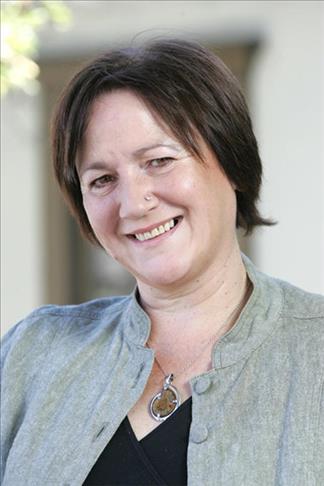
LONDON
The estimated amount of Syria's chemical weapons stockpile is around a thousand tons, yet it may cost billions to destroy it.
A "temporary ceasefire" could be applied to in order to conduct healthy destruction operations on Syria's stockpiles of chemical weapons, said Dr. Patricia Lewis of the UK's leading think tank, the Chatham House.
The US Army Chemical Materials Agency (CMA) estimates that destroying the 3,136 tons of chemicals in the current US stockpile - 10% of the original stockpile of which 90% has been destroyed - would cost around 10.6 billion USD billion, meaning that 3 billion USD would have to be spent for the destruction of every thousand tons by 2023.
When considering the complexity of continuing the Syrian civil war, as well as logistics and security, the elimination Syria's stockpiles of chemical weapons would cost billions of dollars.
A chemical weapons expert and Research Director of the International Security Department at Chatham House, Dr. Lewis, replied the questions of Anadolu Agency about the next process in the framework agreement between the US and Russia regarding the placement of Syria's chemical weapons under international supervision.
Dr. Lewis drew attention to the difficulty of predicting beforehand the exact cost of destroying Syria's chemical weapons, and noted it would depend on whether the stockpile would be taken elsewhere and then destroyed, or wthere it would occur at a destruction facility or the current location of the chemicals.
Upon the question of "Is the removal of the stockpile possible?" Dr Lewis said, "It's physically possible, they can be containerised. Those have risks to do so yet it has been completed previously. For the all other chemical weapons across the world, they were taken to destruction facilities in Russia and the US. However, I guess that Syria's stockpile will not be removed and [will] get destroyed wherever they are at the moment."
Patricia Lewis stated that the regime had to permit chemical weapons experts from Russian and US military forces to secure the chemical supplies and render them safe for removal from Syria after the regime's signing of the Chemical Weapons Convention (CWC), an arms control agreement. She added, "When there are bombardings in the country, they have to agree on at least a temporary cesafire, so the UN inspectors can carry out their works safely. A short period of ceasfire may bring a long term one and a peace agreement. This will have to be addressed... I do not know why it hasn't been yet."
Touching on the warnings of experts and news reports about the Syrian regime having a supply of lethal biological weapons as well as chemical weapons, Dr Lewis responded that she was unaware whether such were the case, and if it were, Syria should hand over its biological weapons alongside the chemical ones.
In her previous interview with Anadolu Agency, Dr. Lewis mentioned the Libya example and stressed, "In 2003 Libya agreed to turn over its chemical stockpile to the US and the UK for disposal and join the CWC. However, as it was made apparent later, there were major shortcomings in the Libyan declaration. After the 2011 military intervention and the end of the Gaddafi regime, undisclosed stocks were handed over by the transitional government."
She explained there were two ways that chemical weapons could be rendered safe: "One chemically, in which the chemicals are combined with other chemicals to make them into new compounds, or through enclosed, very high temperature incineration."
According to the Us-Russian framework agreement on placing the Syrian regime's chemical weapons under international suprevision, Assad has to sign the CWC arms control agreement, share information regarding the amount and location of the weapons, and hand them over until the end of 2014.
by Asli Aral & Inci Gundag
englishnews@aa.com.tr
Anadolu Agency website contains only a portion of the news stories offered to subscribers in the AA News Broadcasting System (HAS), and in summarized form. Please contact us for subscription options.

